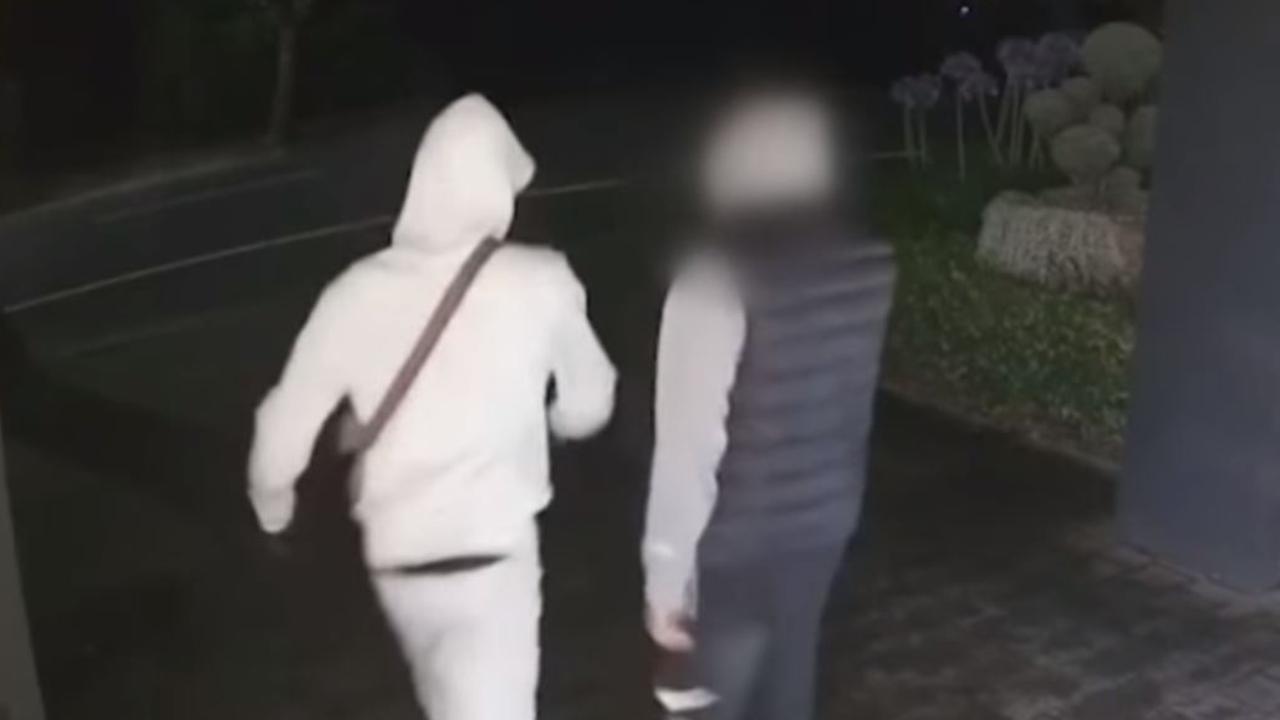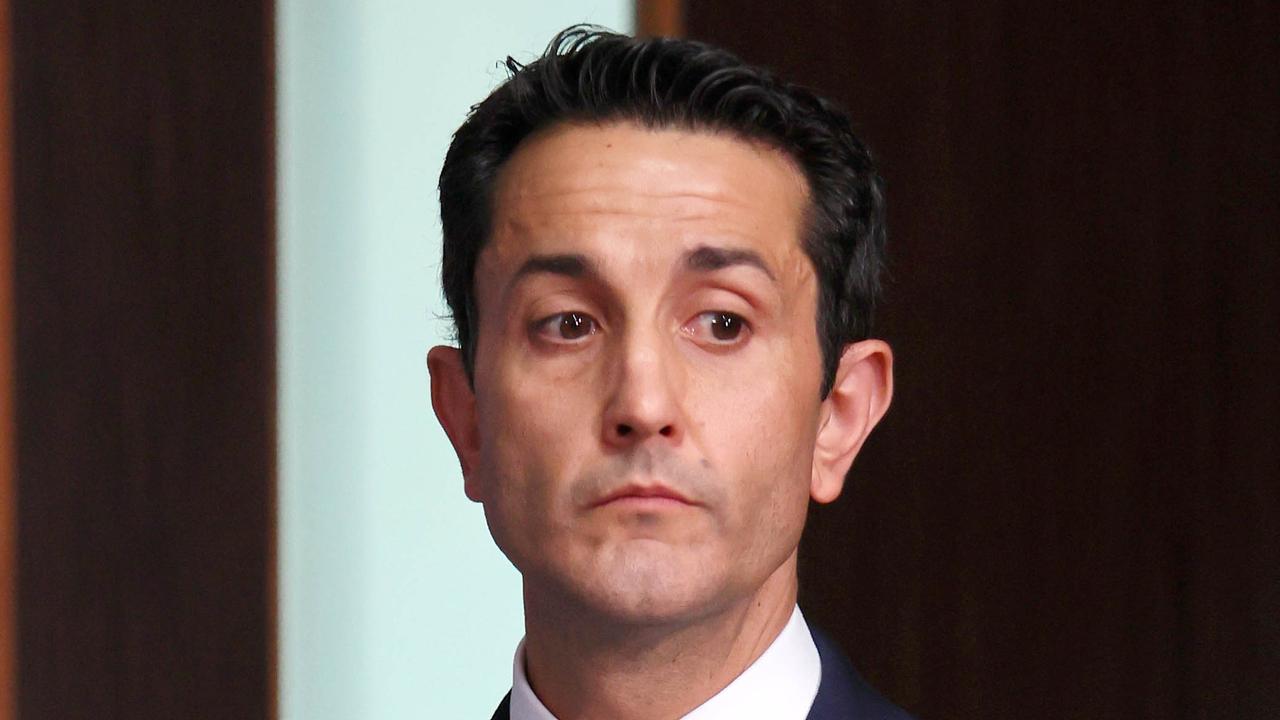Opinion: Qld’s hybrid police cars little use in dealing with car thieves
With the rollout of hybrid vehicles police may be less than eager to engage in any urgent-duty driving, writes Terry Goldsworthy.
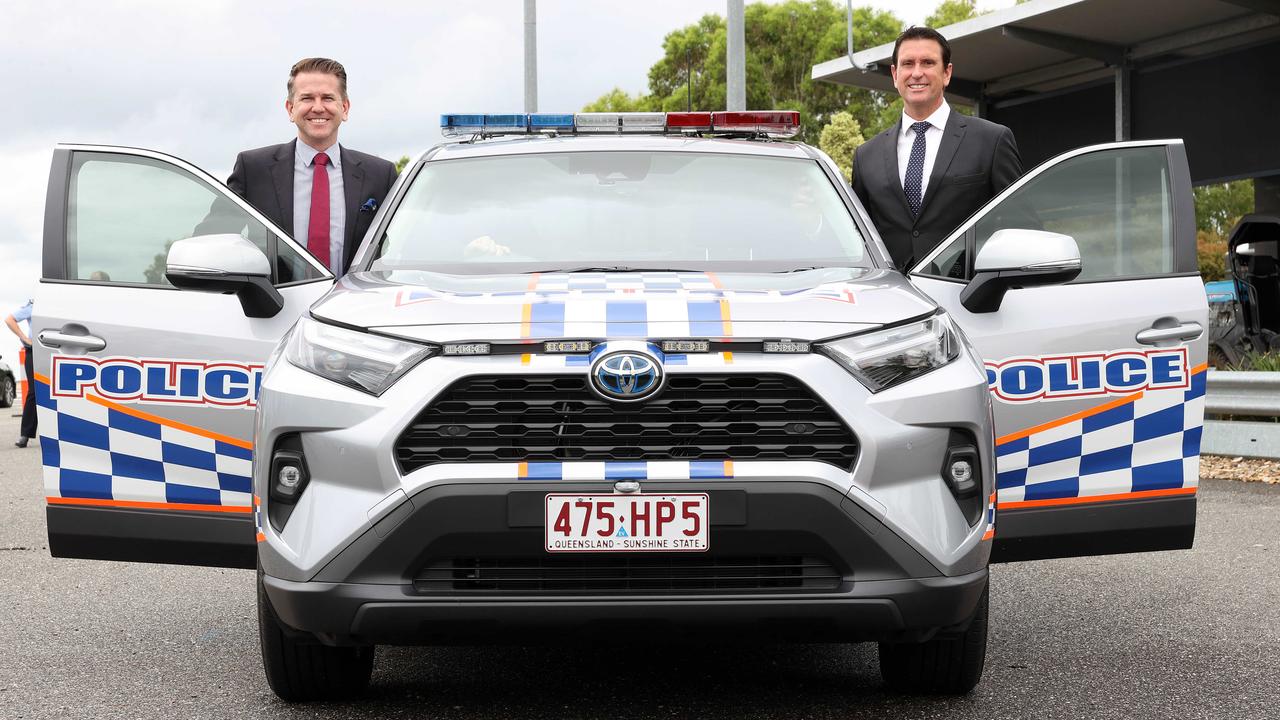
Opinion
Don't miss out on the headlines from Opinion. Followed categories will be added to My News.
New Queensland Police Minister Dan Purdie has announced Queensland Police Service has been given the keys to 400 new Toyota RAV4 SUVs for use by general-duties officers.
These family-friendly SUVs are now the vehicles that our police will have to use for urgent-duty driving when going to code-one or two jobs, or for when they engage in pursuits of criminals.
In 2022 then Labor government police minister Mark Ryan spruiked that police would be adopting a hybrid-first policy for its sedans and SUV fleet, and would progressively replace all non-hybrids with new, more efficient hybrid vehicles.
It would be an environmentally responsible fleet.
In essence, green ideology had trumped operational capability.
It would be reasonable to think that with the addition of these vehicles police may be less than eager to engage in any sort of urgent-duty driving – for their own safety, if nothing else.
In addition to this in Queensland, police are hamstrung by a restrictive pursuit policy.
Its genesis can be found in 2010 coronial inquest recommendations handed down regarding fatal accidents during police pursuits.
The reality is all police operations involve risks to both the public and police, that is an inherent fact.
Yet Australian data shows that less than 1 per cent of police pursuits result in a fatal accident.
In 2006 Queensland had 630 pursuits, by 2011 only 286.
More recent data shows that in 2021 there were 166, in 2022 there were 143 and by 2023 just 124.
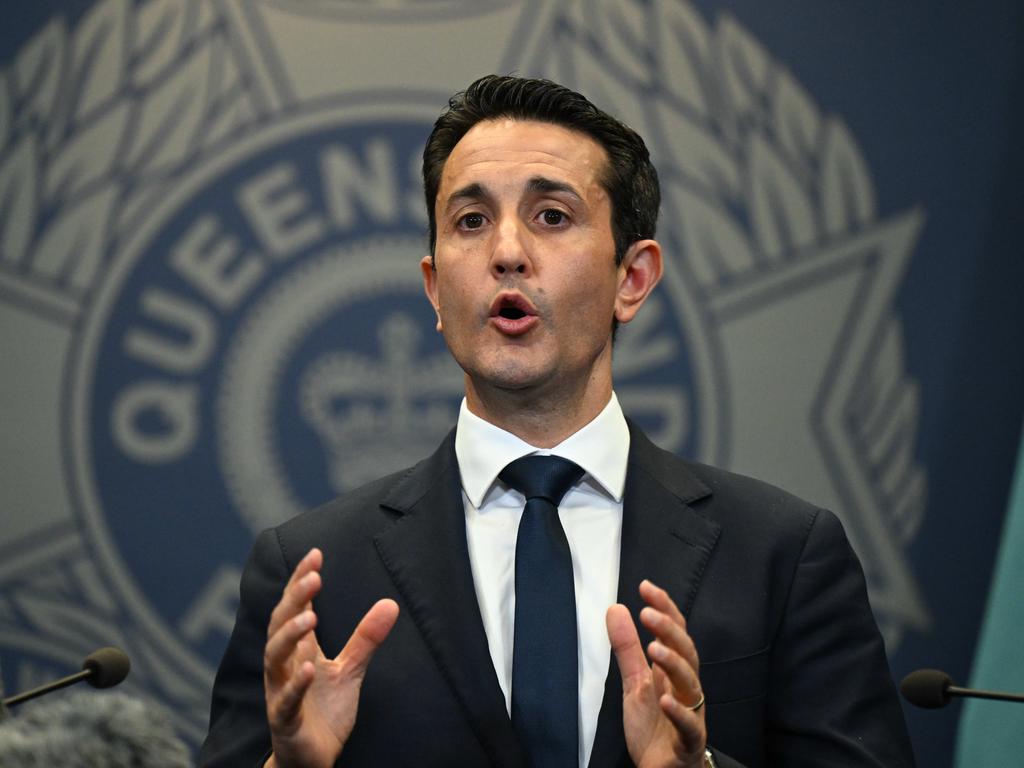
Ironically the new Police Minister highlighted the SUVs would come fitted with specially designed pursuit lightbars.
Former police minister Mark Ryan claimed a restrictive police pursuit policy was implemented in 2011 and aimed to strike the right balance between fighting crime and making our roads safer. But has it?
Former police commissioner Bob Atkinson warned the inquest there was a small group of youths who habitually stole cars, who were likely to vary their behaviour in response to changes to police policy.
The QPS believed these habitual offenders monitor police practice more closely than other offenders, and were likely to be emboldened by a more restrictive police pursuit policy and their numbers might grow.
Since then, the rate of dangerous driving offences has increased an average of 4.6 per cent each year from 31.3 per 100,000 of population in 2010 to 53.8 in 2023.
In 2010-11 the rate of stolen vehicles was 218.5 per 100,000 of population, by 2022-23 it was 378.7, an increase of 73 per cent.
The perception that stealing a car in Queensland is a low-risk criminal enterprise is supported by government data from 2024 that shows youth offenders committed an additional 3672 stolen vehicle offences over the last five years.
In 2024 the Queensland road fatality rate was 5.41 fatalities per 100,000 population, an increase of 7 per cent over the previous year, and the third highest in the country.
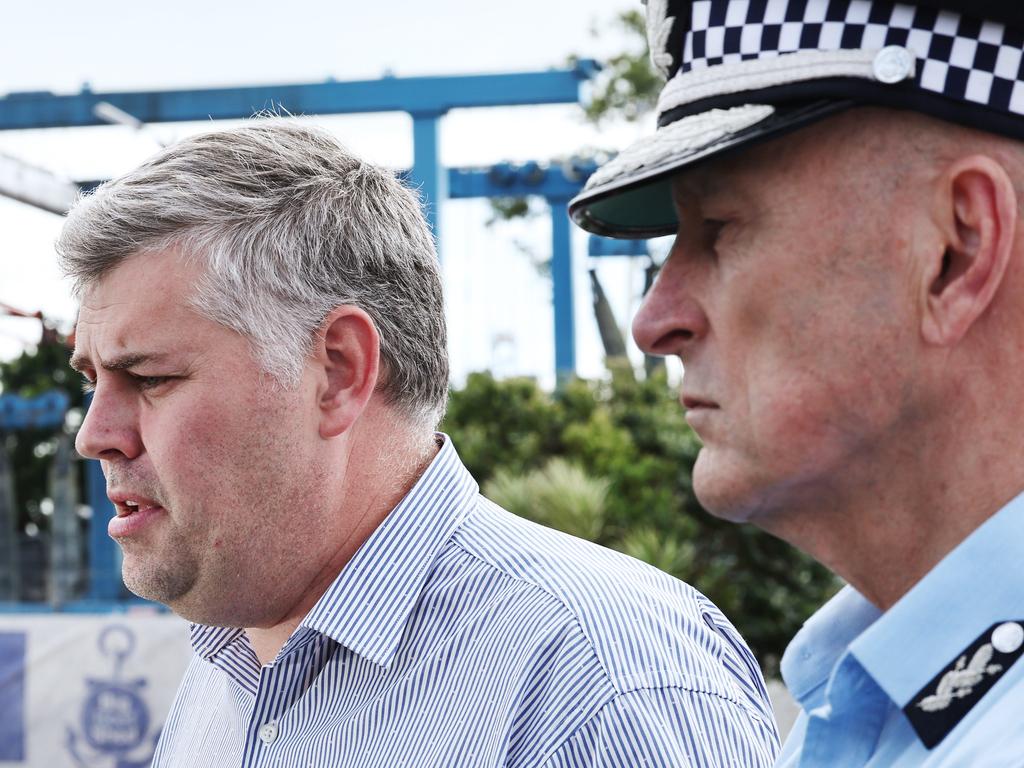
One could reasonably argue that there is correlation between the restrictive pursuit policy and these increases.
Under a restrictive pursuit policy, the theory is to let offenders flee and catch them later.
This policy is only effective if you catch the offender later.
A senior QPS officer giving evidence to a 2018 parliamentary inquiry about an increase in evade police offences stated, “I would speculate that risk-taking people are also aware of the evade provisions and pursuit policy so there has probably been a spike or an increase because of that too.”
From 2014-16, the number of reported “evade police” offences had increased from 3249 to 5031. In 2017-18, there were 4979. Sixty-three per cent of “evade police” offences went unsolved.
In the first five months of 2023 alone, there were 2135 “evade police” offences.
We have incentivised criminals in Queensland to drive more dangerously in a stolen vehicle, and the quicker you do it, the less likely police will pursue you.
The recently published KPIs for the new police minister include providing police with the operational equipment they need to perform their duties.
One could reasonably question if this has been done in this case.
Ideology should not dictate police operational capacity, nor should policy frameworks necessarily hold our police back from effectively enforcing the law.
The newly installed government needs to review the current pursuit policy as a matter of priority.
Dr Terry Goldsworthy is an associate professor at Bond University and a former detective inspector in the Queensland Police Service
More Coverage
Originally published as Opinion: Qld’s hybrid police cars little use in dealing with car thieves





